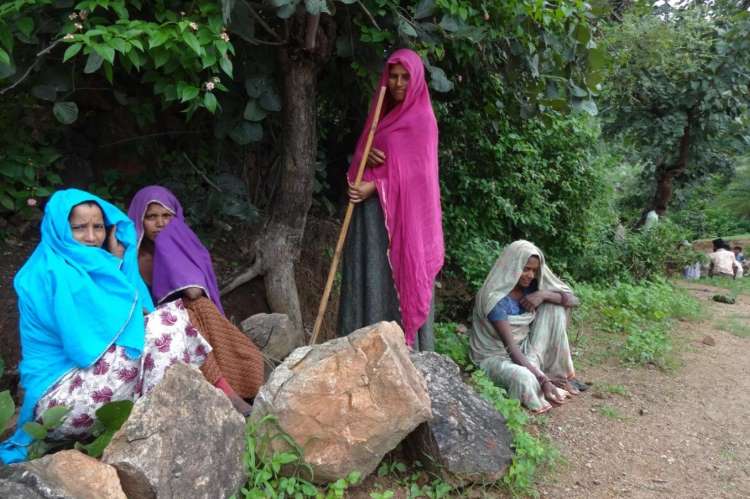
Decentralisation and community participation have been foundational to India’s development policies, particularly following the inadequacy of top-down technocratic models. Community forest management emerged as a result, focusing on a bottom-up approach for forest resource management and inclusive conservation. However, CFM has failed to integrate women effectively, resulting in a gender gap in forest management. To address this, India requires a revised policy framework that emphasises gender inclusivity under the broader community umbrella, prioritising women’s active participation in CFM.
Meaningful involvement of women in forest management is vital not only for inclusivity but also for effective conservation. Women often have a closer relationship with nature and forests, regularly interacting with forest resources for household needs like fuel, fodder, and medicinal herbs. Their perspective on forest resources often contrasts with men’s, who tend to focus on commercial exploitation. Women, conversely, tend to value the environmental and social aspects, positioning them as crucial agents in conservation.
READ I RBI gives green light to SROs in banking, shadow banking
Role of women in forest management
A critical issue in the current forest management paradigm is the exploitation of women labour under the guise of community participation, without giving them adequate decision-making roles. They are encouraged to engage in sustainable forest resource utilisation and forest regeneration activities, but their input is often undervalued in planning and decision-making processes.
Case studies from India reveal systemic issues in women’s participation in forest management. For instance, a study from Rajasthan’s Sariska Tiger Reserve highlights the superficial participation of women, which masks underlying gender power dynamics. Despite their significant contributions to forest and water resource conservation, women’s representation in decision-making bodies like the Gram Sabha is minimal. In another instance, the Indian Sundarbans case study points out the limited scope of women’s empowerment, with their participation restricted to lower levels of forest co-management.
A study from Karnataka’s Biligiri Ranganathaswamy Temple Tiger Reserve shows women’s extensive knowledge in forest and biodiversity, gained through daily interactions with forest resources. This knowledge, passed down through practices, songs, and stories, is invaluable yet underutilised in formal decision-making processes.
Marginalisation despite decentralisation
These issues are not unique to India; similar trends are observed globally. Studies from Bolivia, Mexico, and Nepal show limited women’s participation in higher-level management activities and community meetings. In Tanzania, marginalisation of women has increased in decentralised forest management. This global trend underscores the need for a concerted effort to integrate gender focus in conservation and forest management, with India potentially leading this initiative.
In India, the Panchayati Raj system attempts to empower women through reservation in local governance. However, this has not translated effectively into practice, as seen in the Gram Sabha. Despite reserved seats for women, their voices remain unheard, with males often representing them.
To make CFM truly inclusive, India must prioritise women’s participation in leadership and decision-making. This involves internal gender audits within conservation organisations, setting targets for women’s representation, and implementing comprehensive gender analyses in program implementation. Promoting local women’s organisations, conducting gender sensitivity training for men, and establishing guidelines for forest officials to encourage women’s participation are also crucial. Additionally, arranging women-only meetings and scheduling Gram Sabha meetings at convenient times for women can foster a more inclusive environment.
Addressing the low literacy rates and lack of formal education among women is also vital. Capacity building programs designed to improve leadership skills and mandatory workshops within the Gram Sabha can help enhance women’s confidence and participation.
A gender-sensitive action plan is essential for equitable involvement of women in forest management. Prioritising women’s participation in decision-making and leadership roles will lead to threefold benefits: women’s empowerment, inclusive community development, and improved forest management. Without such measures, the essence of a bottom-up approach in forest management remains unfulfilled.
(The authors work for CUTS International, a leading global public policy research and advocacy group.)
Pradeep S Mehta is the Secretary General of CUTS International, a leading policy research and advocacy group. He is a featured columnist with several leading publications in the country.

